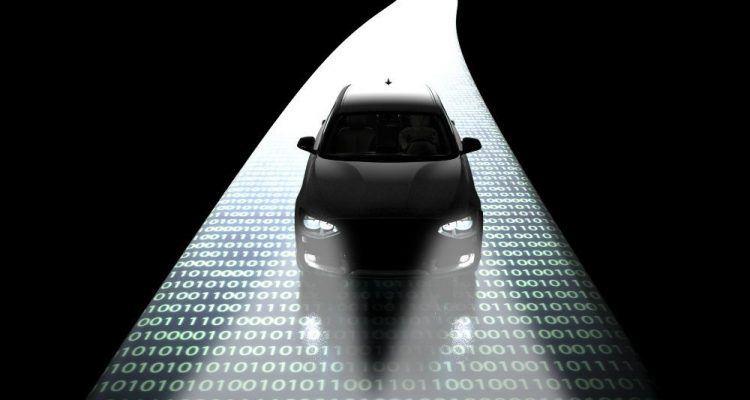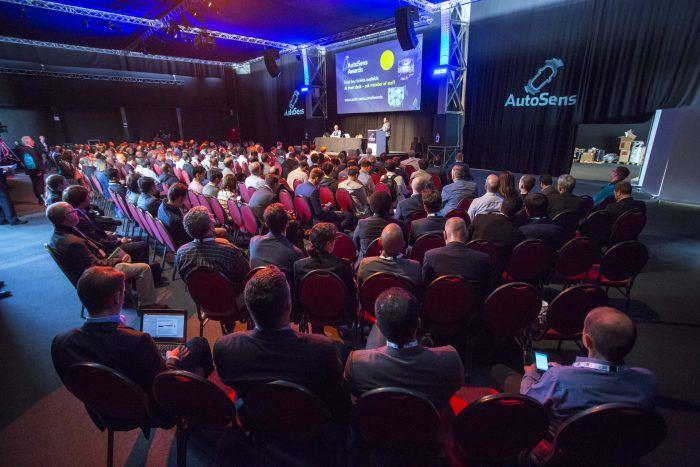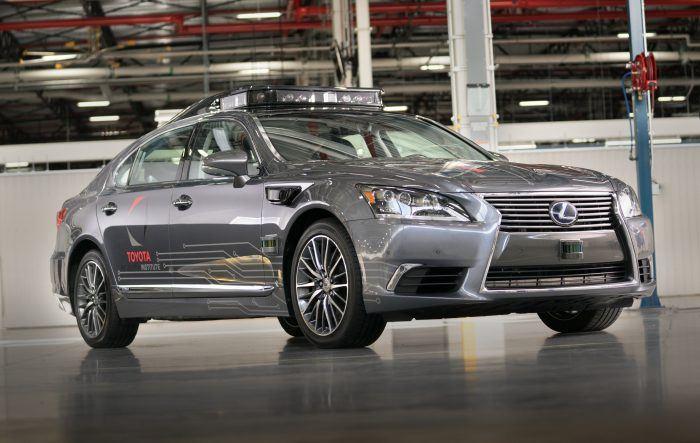
Если вы еще не устали слышать термин «искусственный интеллект», можно отметить, что реализованная в автомобилях данная технология может реально спасти вашу жизнь. Однако, нужно четко понимать и разделять фантазии некоторых экспертов и реальность. К существующей реальности относятся автомобильные системы, облегчающие вождение и отслеживающие особенности вождения. Реально мыслящие автомобили – это пока нереализуемая фантазия.
Ситуация в том, что понятие «искусственный интеллект» объединяет под собой целый ряд технологий, включая смарт-управление на аналоговом, цифровом и логическом уровне, бионику на физическом уровне, а также интеллектуальную обработку информации. В совокупности – это все «искусственный интеллект», но в отдельности только его элементы.
Искусственный интеллект и цифровая производительность
ИИ фактически построен на обоснованном принципе, что компьютер, если ему дают правильные алгоритмы, может делать вычисления и решения гораздо быстрее и точнее, чем человек. За исключением, что алгоритмический подход на самом деле не является технологией искуственного интеллекта. Его главное качество – адаптивность и рефлексия по отношению к внутренней и внешней среде, возможность нечетко-логических выводов в отличие от четких алгоритмических решений, что предполагает гибкость принятия решений во всех возможных ситуациях.
Так что же в этой технологии вождения, и как она реализована за рулем?
AI на колесах
AI изначально не был трендом автопромышленности и развивался на задворках, сейчас его уже невозможно игнорировать. Нужно сказать, что технология гибко интегрировалась в существующие бортовые системы, использующие развитые алгоритмические подходы в различных системах курсовой устойчивости.
Одной из этих областей применения искусственного интеллекта в автопромышленности являются усовершенствованные системы помощи водителю, иногда их называют как «ADAS».

Управляющий директор Sense Media Роб Стейд выступил на AutoSens Brussels 20 сентября 2017 года. Двухдневная конференция, проведенная в Autoworld Brussels, рассматривает множество аспектов автоматизированного вождения, включая роль искусственного интеллекта в этих системах.
Пассивное вождение
Искусственный интеллект включает в себя развитие таких конструктивных особенностей, как функции-аналоги нервной системы. Они, как известно, основаны на рефлексах. Если машины могут иметь лучшие и более совершенные рефлексы, то они могут взять на себя управление автомобилем. Так ли это? Да, но отчасти.
Современные люди не доверяют технике полностью совершенно обосновано, так как машина, даже самая умная, может не справиться с множественным выбором решений. Поэтому, выезжая из дома на работу, нужно брать запаску и все необходимое для оказание себе помощи на дороге, а также полагаться на автопилот только в качестве помощи. При этом в недалеком будущем низкоскоростные машины смогут вас перевозить из одного места в другое в автоматическом режиме, без необходимости вождения.

В 2016 году GM потратила большую сумму на покупку Cruise Automation, разработчика автономных транспортных средств в Сан-Франциско. Научно-исследовательский институт Toyota представил интеллектуальную платформу 3.0 на выставке Consumer Electronics Show 2018 в Лас-Вегасе, штат Невада. При всех вложениях все эти системы имеют ограничения и не являются классическими системами искусственного интеллекта.
Длительные перспективы использования
Нововведения, в конечном итоге, сейчас сводятся к нескольким концептуальным тенденциям, кроме заимствования бионических принципов и мультисенсорного управления с помощью набора камер и датчиков, позволяющих прямо отслеживать качество дороги и условия вождения, перспективной считается 3D-визуализация на основе ИИ. Она использует биометрические маркеры для аутентификации, подстраивает условия вождения под стиль водителя и выполняет ряд других функций.
По мере того, как камеры могут обрабатывать визуальную информацию, процессоры становятся технологичнее и быстрее, человечество постепенно приближается к тому, что машины с цифровыми системами станут более безопасными, чем их аналоговые версии.
Проблему и перспективы искусственного интеллекта прокомментировать Джордж Бростофф (George Brostoff). Он является основателем и генеральным директором компании SensibleVision, лидера в области технологии проверки подлинности 3D-лиц, со штаб-квартирой в Кейп-Корал, штат Флорида.